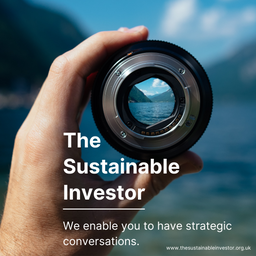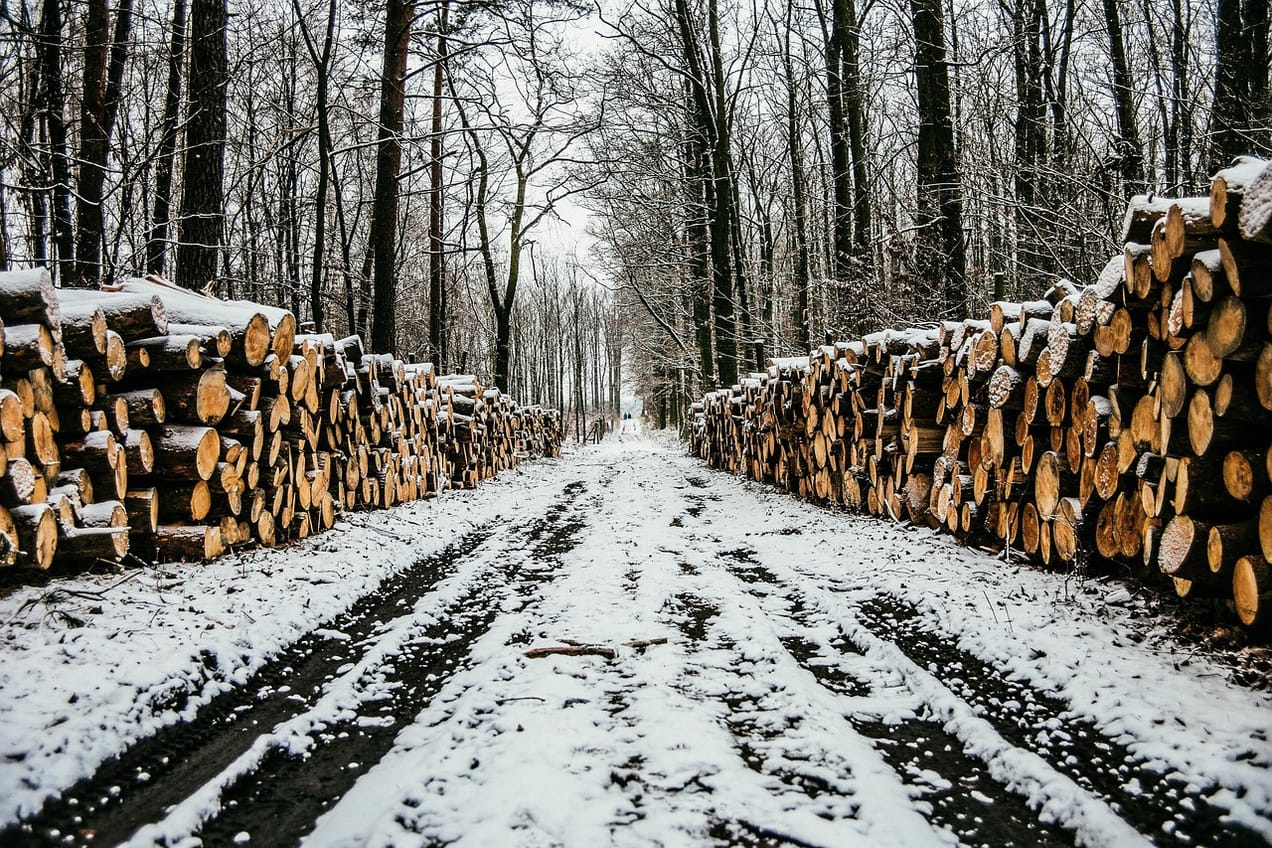
Positive story about coal mines; wee test for bowel cancer?; will European supply chain regs work?
A positive story about coal mines!
Could abandoned coal mines be a useful energy source to heat our homes? Local politicians in the west of England, working with the Coal Authority (the public body that manages the effects of historic coal mining) believe so.
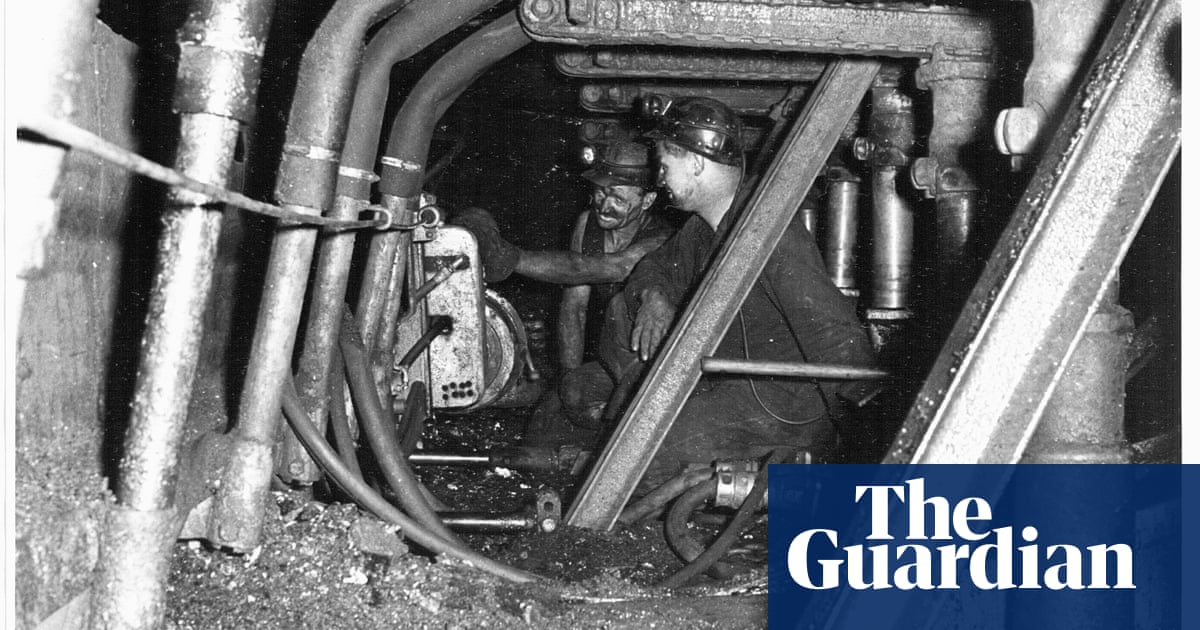
The principle is simple. Using the water in the now flooded mines as a heat source, combined with a heat exchanger and heat pumps, means we can generate hot water (up to 60 or even 70 degrees C). This can then be used to heat homes, businesses and public buildings.

The technology is already well established. Local politicians only need to head up a few hundred miles to Gateshead to see a project already in operation. This is a 6MW mine water heat pump, largely powered by solar. And of course many of you will have similar projects nearby, with district heating using heat pumps (now on its 5th generation of development) being widely used across much of Northern Europe.
Given that many parts of the world have abandoned (and flooded) mines, why are we not seeing more applications of this technology? One explanation is possibly a poor understanding of how heat pumps work. Heat pumps appear to many people to defy the laws of physics - creating 60-70 degree C hot water from a 15-20 C degree heat source. Which in turn leads many of them to 'assume' that they don't work in cold climates. But then they don't bother to talk to people in Finland, which gets very cold in winter. And where heat pumps are widely and successfully used.
And it's not only abandoned coal mines that can provide a heat source. We can also use our wastewater (sewerage to you and I) system. Back in May 2023 we wrote about a project in Vienna to heat 56,000 homes using domestic wastewater as a heat source.
Link to blog 👇🏾
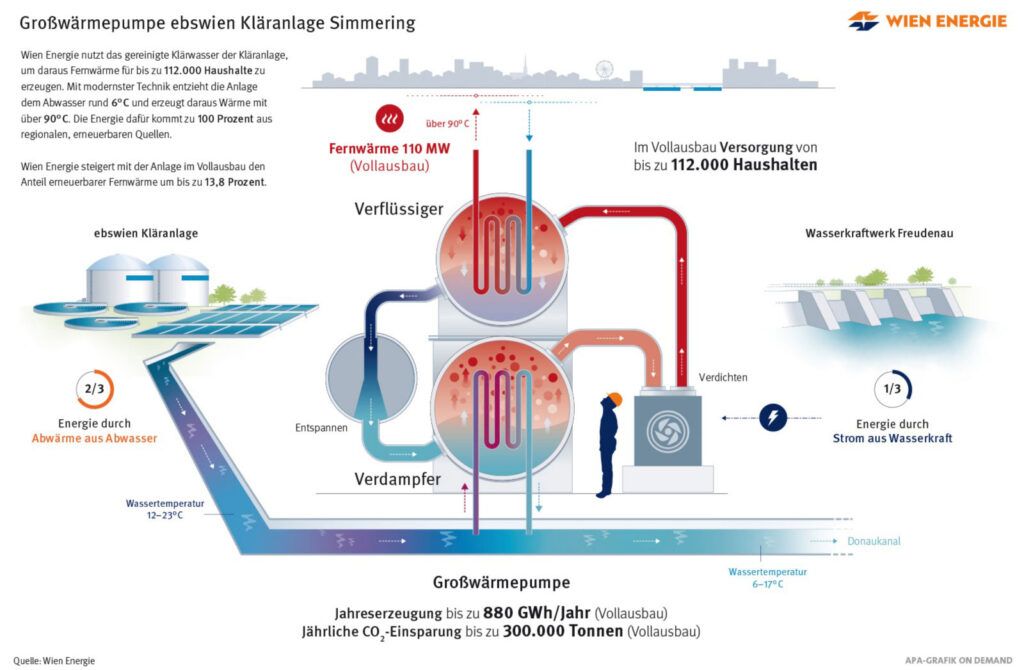
A new wee test for bowel cancer?
Colorectal cancer or bowel cancer is the third most common cancer globally and the second leading cause of cancer related deaths (after lung cancer). Europe has the highest death rate with an age-standardised rate of 12 per 100,000 (2022) across all ages and sexes and accounted for almost 28% of all diagnosed cases. A research paper published in The Lancet in 2021 estimated that the costs of the burden of bowel cancer to Europe (both health care provision and lost productivity) in 2015 amounted to €19.1 billion.
In absolute numbers, there were more than 35,000 deaths and more than 100,00 cases in under 50 year olds in Asia and Asia accounted for more than 50% of all diagnosed cases.
The most extensive screening worldwide is the fecal occult blood test, which looks for signs of hidden blood in your poo, and the fecal immunochemical test or FIT which only detects human blood from the lower intestines. It is important to note that both results show that there is bleeding occurring somewhere in your guts but not what is causing it.
A 'positive' result from either test typically leads to a more invasive procedure - colonoscopy which involves inserting a camera (an endoscope) into the rectum and lower intestines via the anus, typically whilst the patient is sedated. This visual inspection is good at identifying the cause of that bleeding and potentially even treating it there and then.
However, there can be cultural and cost reasons why colonoscopies are not taken up. This is why research from the South Australian Health and Medical Research Institute (SAHMRI), the University of Adelaide and Columbia University really caught our eye.
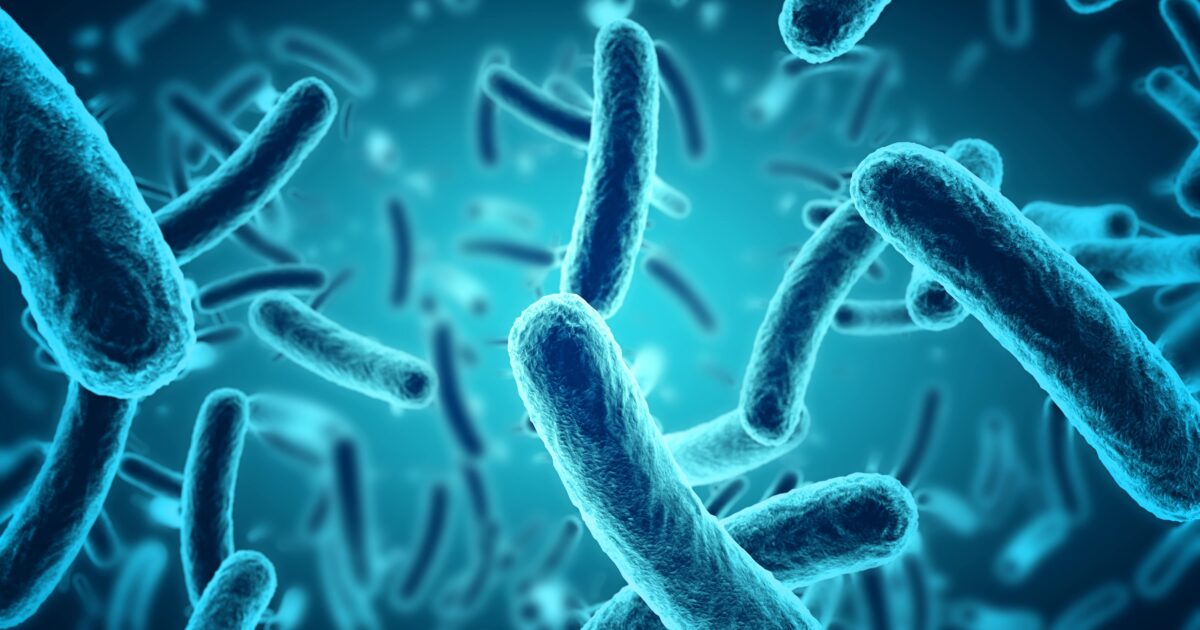
The team found that the bacteria Escherichia coli Nissle prefers to live in tumours and even actively seeks them out in the gut. Their study also showed that they will inhabit both bowel cancers but also precursor lesions (or polyps). Once the bacteria locates a tumour it then releases a marker that can be detected in urine.
In the future they may even be able to manipulate the bacteria to deliver treatment directly at the tumour site.
Early diagnosis can be absolutely critical in getting better patient outcomes in the long run. Making the screening or testing as easy and comfortable for the patient as possible encourages uptake. We recently wrote about another example with Alzheimer's potentially utilising a simple and already commercially available blood test.
Link to blog 👇🏾

Supply chains - will the European regulation work?
It's well known that Europe is active in introducing regulation to ensure that products being sold in the region meet minimum human rights and environmental standards. Many companies are already preparing for the new rules and by and large the new rules are well supported by the general public, at least in principle.
But, little work has been done so far on the difference the rules will make in the exporting country. Will they lead to better human rights and environmental practices? The assumption is yes, but has this been tested?
In a recent paper for Global Policy, Bastos Lima and Schilling-Vacaflor have looked at how the new regulation might impact the production of soy in Brazil. What they found suggests that in industries where Europe is a niche market, there could be less impact on the ground than we expect!

Why? Because of what they call supply chain divergence. This is basically sending different products to different markets. And, in short, the product going to European countries with already high standards has a lower environmental impact. But the rest does not. So, how big is 'the rest'.
In 2021, Brazil exported 86.63 million tons (Mt) of raw soybeans plus 18.88 Mt of processed soybean meal for animal feed protein, mainly to China (60 Mt), Thailand (6.6 Mt), the Netherlands (5.0 Mt), Spain (3.5 Mt), France (1.9 Mt), and Germany (1.3 Mt). So Europe makes up c. 11% of Brazilian soy exports. A decent amount going to Europe, but still relatively small compared with say China.
And what is the impact on the ground? It looks material, but not in the way we want. The research has a few examples. For product going mainly to the Nordics (already more environmentally aware buyers) 100 kt of soy exports incurred around 24 hectares of deforestation. And for some suppliers the deforestation could be as low as 0.54 hectares per 100 kt.
One implicate assumption about the new European regulation was that it could impact all exports, even when they are not going to Europe. The logic was that it would be hard for the supplier to just produce higher quality product for Europe, and that it would be easier to raise the standards of all their exports. This doesn't seem to be the case, at least for some products.
To end with a quote from a manger from a major soy trading company "if my market demand is not for RTRS [Round Table on Responsible Soy certification], why will I do it? Why would I bother with it if that's not being demanded?"
One final point. This study looked at one product and one set of regulations. Something that investors and Sustainability Professionals need to bear in mind with regard to the regulatory and legal change is that the total impact might be greater than the sum of the parts. We talked about this in a recent blog, where we cautioned that by focusing too much on individual changes, investors could miss a wider emerging risk.
Link to blog 👇🏾

Please read: important legal stuff.

